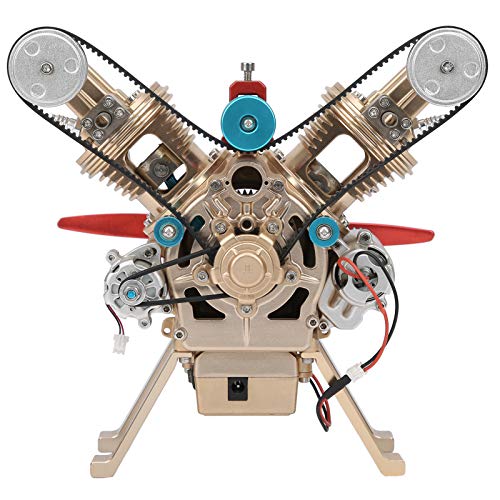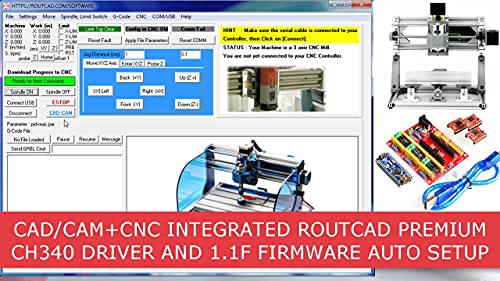chucketn
Senior Citizen
I am researching making patterns to cast al flywheels. I found a drawing from Elmer Verberg’s info at the Jon-Tom website. How do I machine the tapered spokes, shown in the drawing below, on a rotary table? I can understand the setup for drilling the corner holes for the cutouts, but how do I offset for the taper of the spokes?
Chuck

Chuck

Last edited:






































































